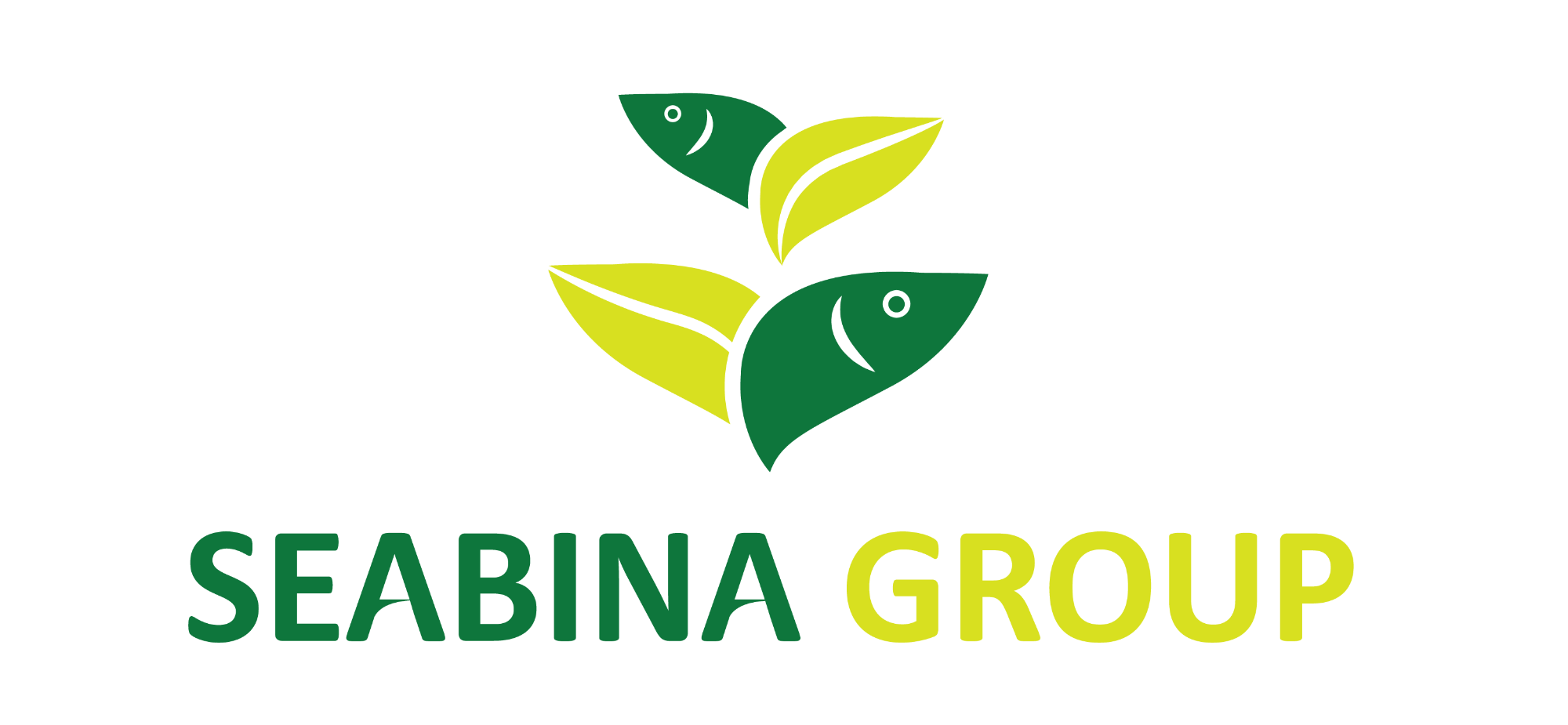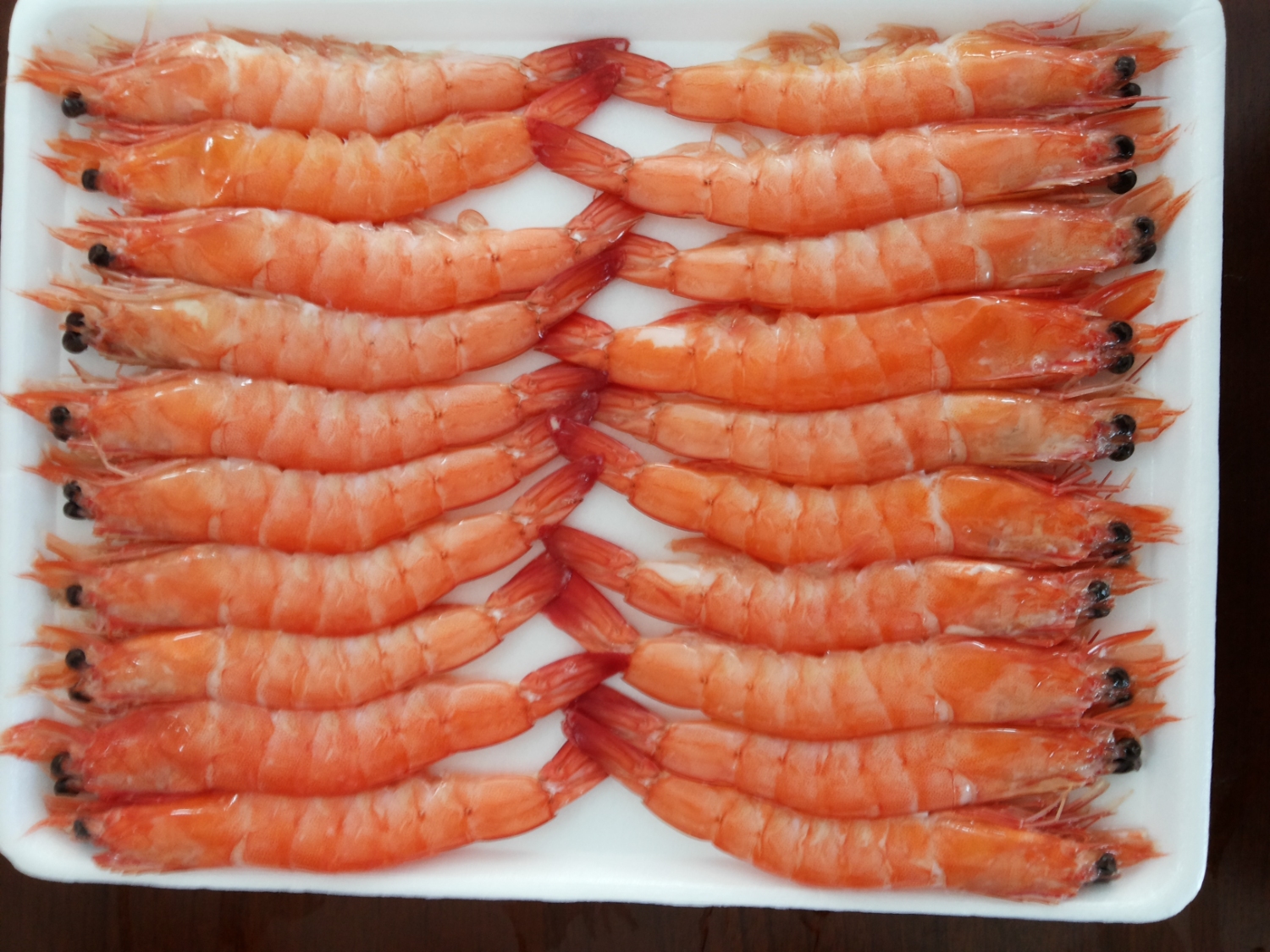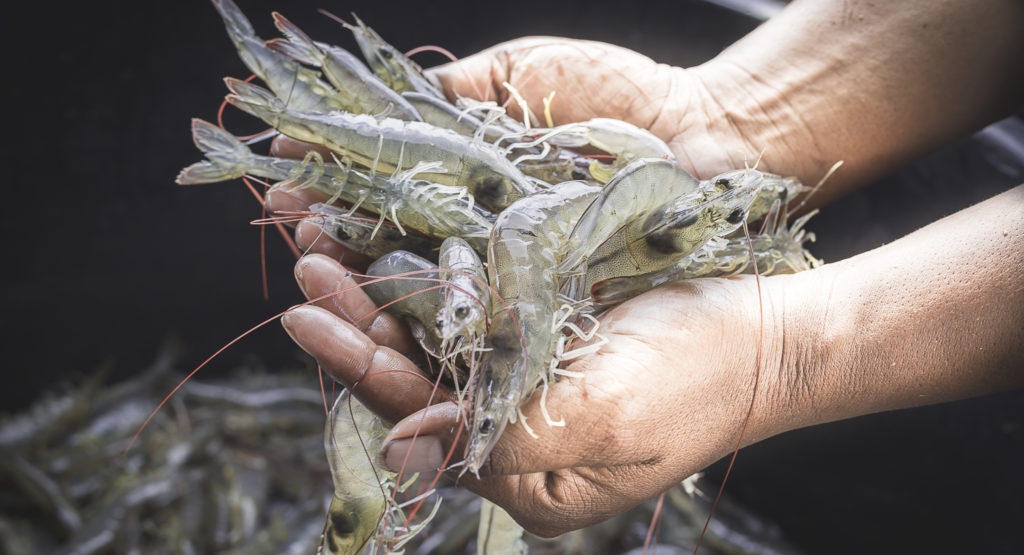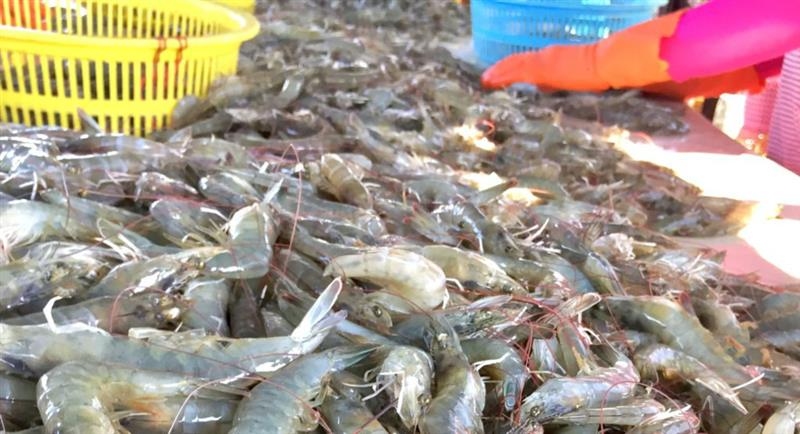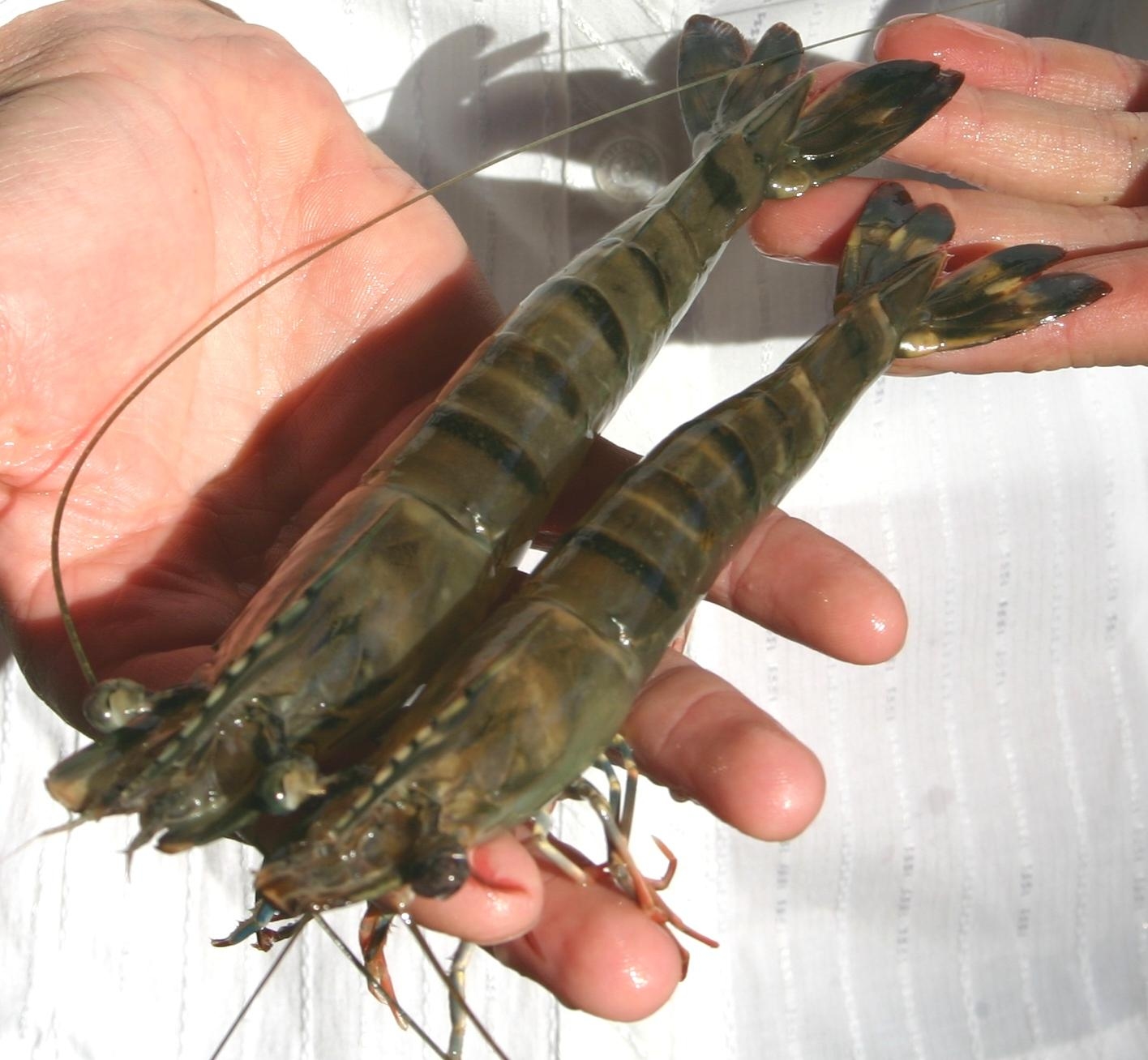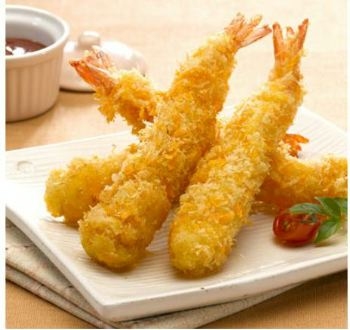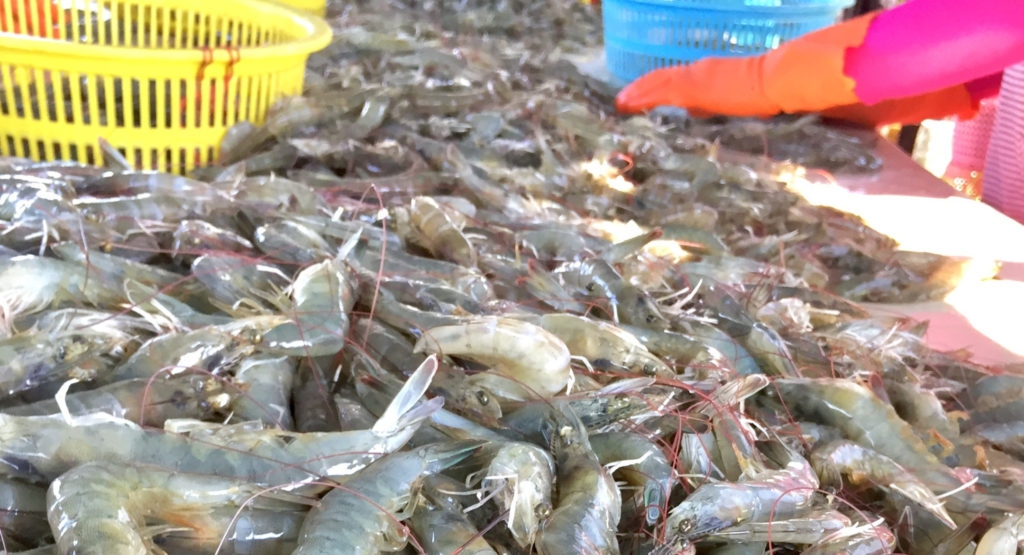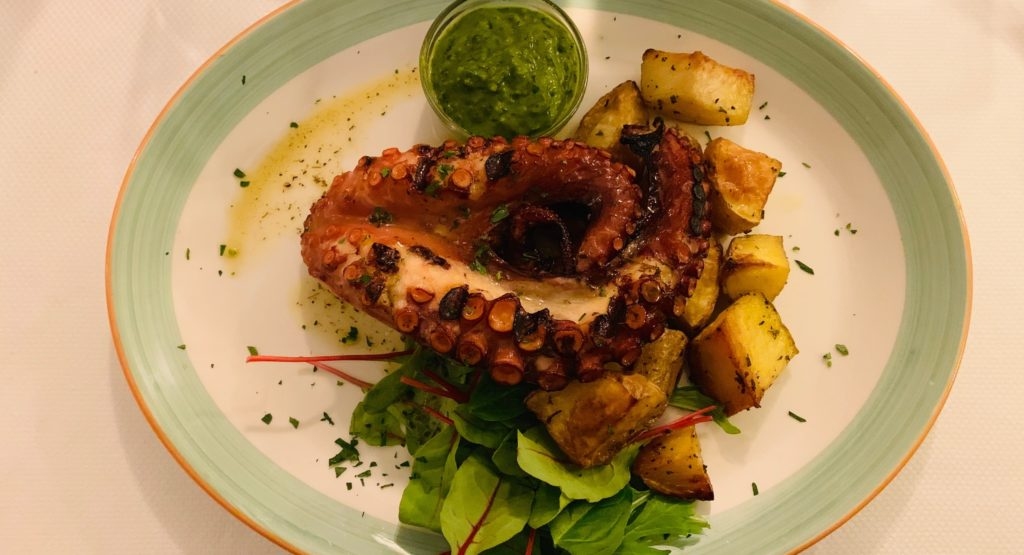
US shrimp market still hard to predict amid "COVID-19 chaos"
US shrimp market still hard to predict amid "COVID-19 chaos"
By Chris Chase from Seafoodsource published on July 15, 2020
Several months into the ongoing COVID-19 pandemic, the U.S. shrimp market remains hard to nail down, as ever-shifting market conditions continue to make it difficult to predict where prices and demand will end up.
As early as April, experts were predicting that the shrimp supply chain would see impacts into the summer months as COVID-19 related lockdowns and disruptions hit both supplies and the amount of shrimp demanded in the U.S.
Shrimp issues in Vietnam, for example, were seen as a possible predicter of a global shortage of shrimp, as farmers held off stocking ponds in the face of massive uncertainty. That prediction, however, turned out to be off the mark for the country.
Vietnam’s shrimp sector, as SeafoodSource reported in June, has been thriving in the face of COVID-19, largely thanks to that country’s impressive containment of the virus. With no deaths at all from the virus, sales of shrimp to some of the country’s largest markets rose – sales to Japan, for instance, climbed 19 percent year-on-year in value in the month of April. That is counter to early predictions that the demand, and prices, would collapse.
Some predictions weren’t entirely off base. The U.S. market, for example, has seen imports drop heavily compared to previous years. In May – the latest month with data published – imports fell significantly. The largest of those drops was from India, which saw exports to the U.S. plummet by more than 50 percent – from 22,229 MT of shrimp in April to 8,600 MT in May.
That decline, noted Sree Atluri of Devi Seafood, was largely predicted by experts in the Indian market.
“We knew this was coming, because we knew what happened in March and April in India,” Atluri said.
In April, Indian companies struggled to export during COVID-19 lockdowns imposed in order to prevent further spread of coronavirus. Processing plants faced difficulties as well running at capacity, as worker shortages resulting from lockdowns hampered efficiency.
“Everything in India went into a standstill for a couple of weeks,” Atluri said.
The shortage of workers led to a side-effect: Plants started processing and packing minimally-processed shrimp to counter the ongoing processing woes. That, in turn, resulted in an uptick of shipments from India to China, because the Chinese market has a higher demand for a lower processed product – i.e. shell-on, head-on shrimp – than the U.S.
“There was a lot of shipments shipped from India to China, during this period,” Atluri said. “This redirection of exports in April has shown up in a big way in May for U.S. imports.”
Labor issues aren’t completely gone for some processors in India, either. Worker attendance at plants in the area has continued to be an issue.
“There’s no reports of direct impact on the processing plants,” Atluri said. However, workers aren’t necessarily making decisions based solely on what happens in the plant.
“There are communities surrounding the plants,” Atluri said. “When they [workers] see or hear anything about a case popping up in one of those communities, the workers don’t want to come in.”
Signs are pointing to those labor shortages easing, but even that won’t entirely counter the downturn caused by the production complications.
“It will likely continue into June,” Atluri predicted. Still, things will ease off moving forward.
“July and August, it will be much better than May and June,” he said.
On the consumption side, predicting consumer behavior is difficult as restaurant closures continue to impact how seafood is consumed.
“Now we have this huge spike in demand at retail and this major dip in foodservice because of so many restaurant closures,” Travis Larkin of Seafood Exchange of Florida said. “This all becomes extremely unpredictable from a consumer standpoint.”
Inventories in the U.S., Larkin said, are always hard to predict, but are even more difficult to predict due to the impacts of COVID-19. Different companies made differing decisions on what to do with inventory – sell it off, hold onto it in the event of a shortage, purchase more and hold in the event of a future shortage – resulting in lots of variables.
“I don’t think we really know what’s in the inventory here now, nor do we know what the demands and the needs of foodservice truly are at this point as we have things opening and closing,” Larkin said. “The thing that’s so strange … is that we haven’t even been able to predict what the market would do here in the last four months with the COVID-19 chaos.”
Initially, forecasts had the price of shrimp dropping, but currently prices are holding steady. Predicting future demand, as well, is difficult as consumer trends could shift.
“The topsy-turvy nature of where we are right now, at least as I see it, puts us in a place where we can’t look at anything historically and use this as a basis for decision going forward,” Larkin said.
Other news
- A recovery for the shrimp market? 17/04/2024
- Shrimp market: Fear of inflation and declining demand 22/10/2022
- Summer demand remains strong in the United States of America and Europe 08/11/2021
- Global supply chains are being battered by fresh COVID surges 18/08/2021
- Animal Health and Welfare in Aquaculture 17/08/2021
- Pangasius Imports Outpacing Tilapia 10/08/2021
- Growth in India's Shrimp Production and Exports 08/08/2021
- Decline in shrimp exports to China makes shrimps cheaper in India for domestic market 03/08/2021
- Rabobank sees plenty of positives for both shrimp and salmon sectors 29/07/2021
- Asia’s Shrimp Connoisseurs: Japan, Taiwan And South Korea 02/07/2021
